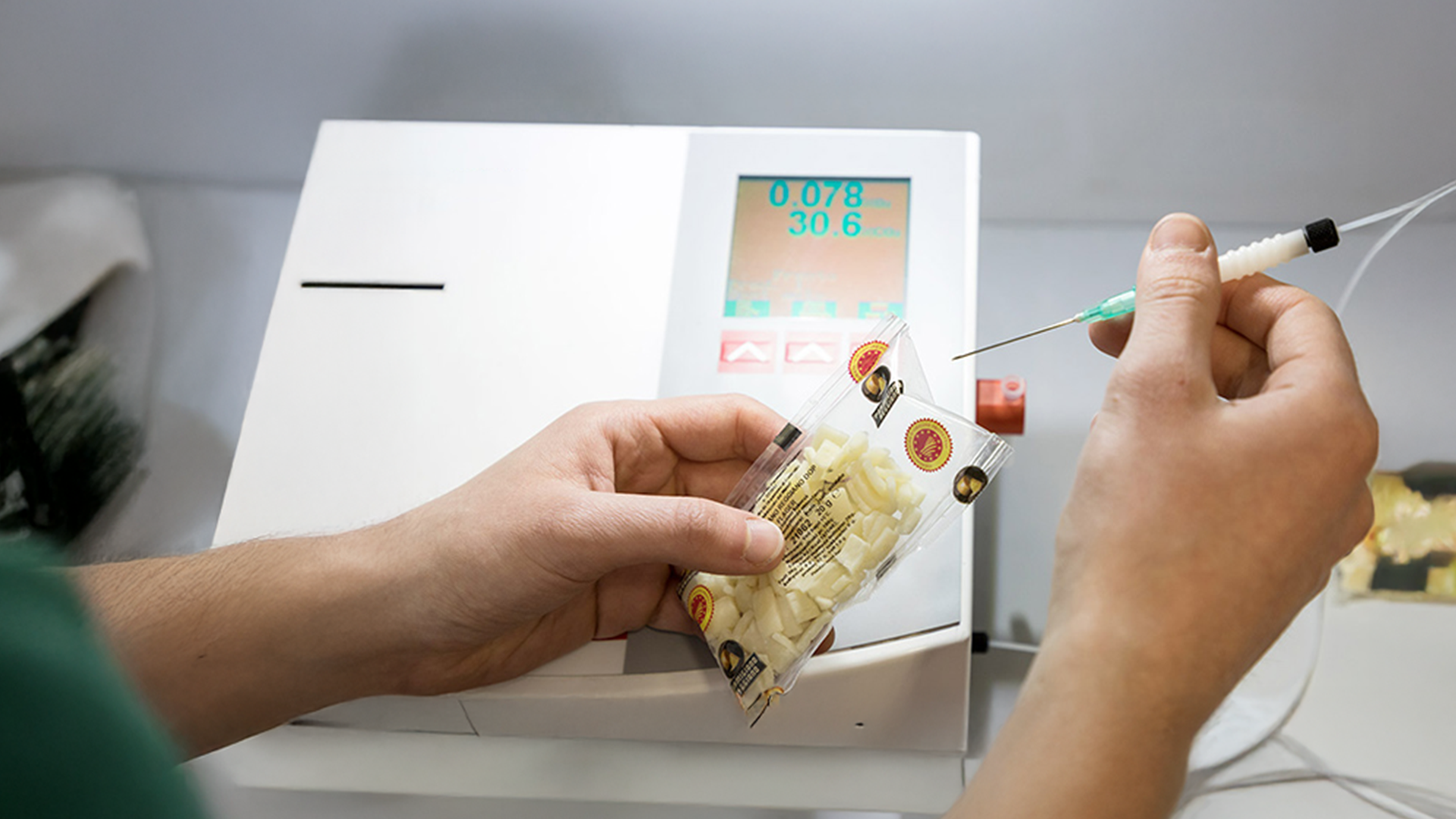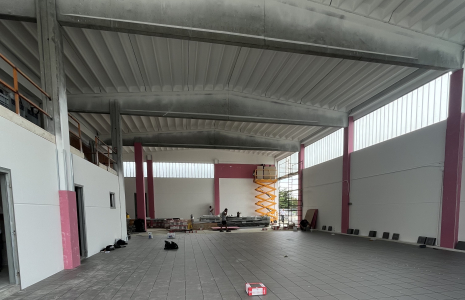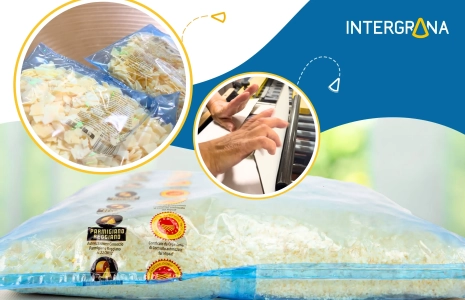
Food Safety: How to Ensure Maximum Quality in Cheese Packaging

HACCP regulations, traceability, and quality control in the dairy industry
In the dairy industry, food safety is more than just a regulatory requirement – it’s a core business value. For Intergrana, ensuring excellence in cheese packaging means implementing rigorous processes that prevent any potential risk to the consumer.
The HACCP System: Prevention and Control Throughout the Supply Chain
HACCP (Hazard Analysis and Critical Control Points) is the internationally recognized foundation of safe food production. This system is based on risk analysis and the identification of critical control points to prevent contamination throughout the entire production process.
In the dairy sector, HACCP is applied from milking to distribution, ensuring:
- Prevention of biological, chemical, and physical hazards
- Compliance with hygiene and sanitary regulations
- Safety and wholesomeness of the final product
Traceability: The Complete Journey of Every Cheese
Traceability, as defined by Regulation (EC) No 178/2002, allows the reconstruction and monitoring of every product’s journey throughout the entire supply chain. This process:
- Enables the rapid identification of potential issues
- Facilitates the timely management of non-conformities
- Increases transparency for the end consumer
Tracing a cheese product means documenting the origin of the milk, its transformation, production batch, packaging, storage, and delivery to the final customer.
Quality Control: Intergrana’s Integrated Approach
For Intergrana, quality control is a continuous process that covers every stage of production. In modified atmosphere packaging (MAP), the quality checks include:
- Verification of raw materials
- Measurement of O₂ levels inside the packaging
- Inspection for micro-perforations in the packaging
- Verification of labeling and package integrity
- Functional check of the metal detector
- Monitoring of cold storage temperatures
These checks safeguard both food safety and the overall product quality, ensuring:
- Organoleptic characteristics (granulometry, aging, visual appearance)
- Microbiological profile (absence of Salmonella, Listeria spp., E. coli)
- Chemical-physical parameters (fat content, moisture, pH, water activity)
A Process That Builds Trust
The integration of HACCP, traceability, and quality control enables Intergrana to deliver safe, high-quality products that fully comply with regulations. This approach strengthens consumer trust, especially at a time when people are increasingly concerned about the origin and processing of their food.
In a context where well-being, health, and sustainability are rising priorities, ensuring transparency and safety is a tangible commitment to the future.
The Pillars of Food Safety in the Dairy Sector
- Food Safety: Protection of the consumer from contamination
- HACCP: A preventive system for hygiene and risk control
- Traceability: Complete documentation of product origin and handling
- Quality Control: Verification of organoleptic, microbiological, and chemical-physical properties
Related Articles









